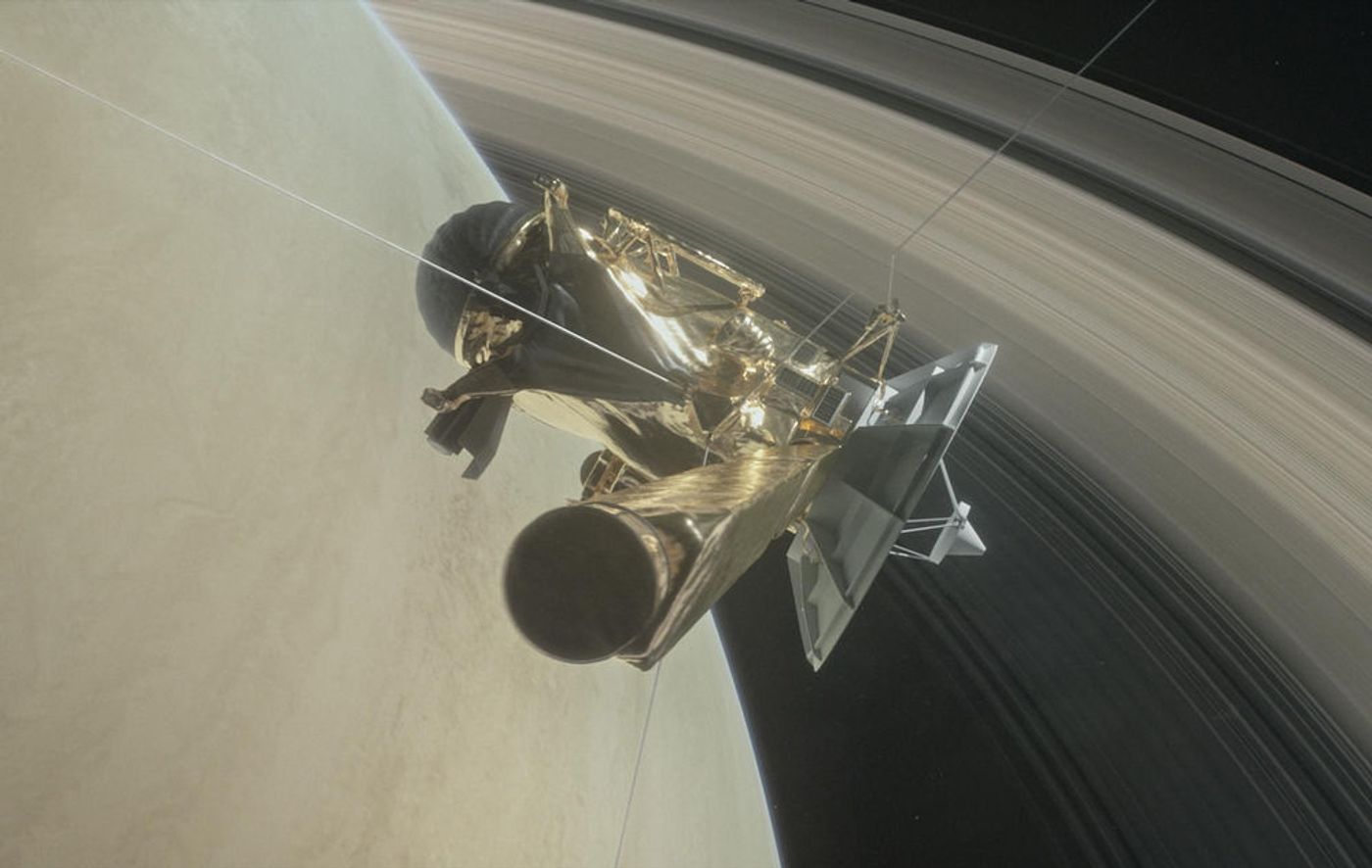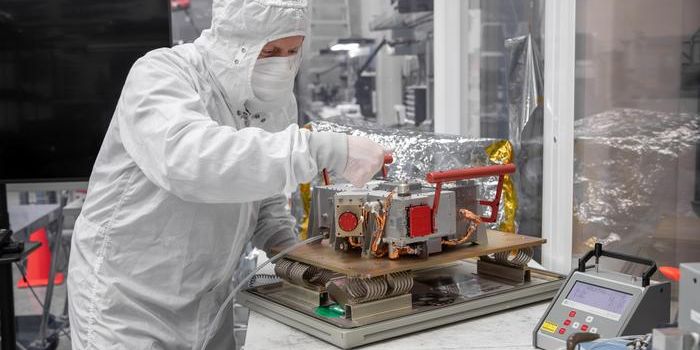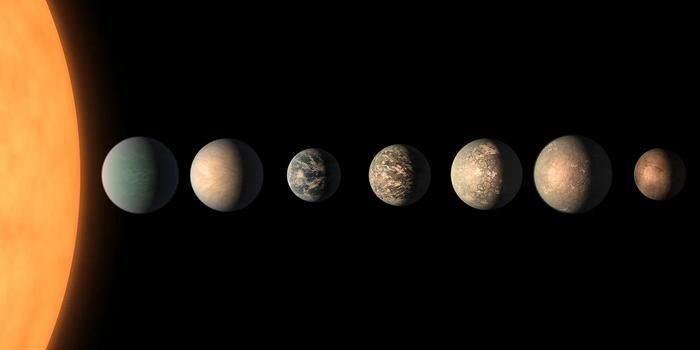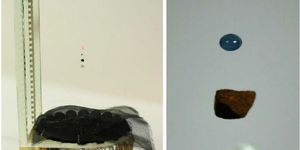Do We Finally Know How Old Saturn's Rings Are?
While we know that Saturn has some of the most robust planetary rings of any other planet in the solar system, one thing scientists haven’t been able to pinpoint for a while is when they formed.
Data collected by NASA’s Cassini spacecraft throughout the plethora of Grand Finale dives between Saturn and its rings are proving useful in that respect, as astronomers get the closest peek they’ve ever had at these mysterious formations.
Image Credit: NASA/JPL-Caltech
With the spacecraft making this maneuver once every six days or so to get within proximity of the rings for study, astronomers can learn about the rings’ composition and try to guess their weight. These variables can help us determine their age.
Based on the passes Cassini has made already, astronomers gathered enough information to confidently estimate that Saturn’s rings are approximately 100 million years old.
Related: Here's everything you need to know about Cassini's Grand Finale
This figure sounds old on paper, but considering that the entire solar system formed over 4.6 billion years ago, the contrary is true. Saturn’s rings are quite young, which has implications for how they formed.
NASA’s Cassini project scientist Linda Spilker explains how smaller icy objects like comets probably got trapped in Saturn’s gravitational pull and were torn to shreds, helping to form the incredible rings we see today.
"For younger rings, it would require a comet, or a centaur (one of a group of small, icy objects), or perhaps even a moon moving too close to Saturn. Saturn's gravity would break apart that object and then the remaining bits would go on to form rings," Spilker said to the BBC.
"Perhaps that's happened more than once. Maybe some of the differences we see in the rings are from different objects that were broken apart. But if the rings are less massive they won't have had the mass to survive the micro-meteoroid bombardment that we estimate to have happened since the formation of the planet.
While Saturn's rings are likely 100 million years old, the team analyzing Cassini's results admits how there’s still room for refinement. It's merely a ‘best guess’ based on the initial data we’ve received from the spacecraft throughout its Grand Finale, and that number could change as these close-up observations continue through mid-September.
Cassini will snap its last photos on September 14th in preparation for the suicidal dive into Saturn’s atmosphere. It's a bummer considering how much Cassini has contributed to science, but NASA decided this fate for the probe to keep it from colliding with potentially habitable moons like Enceladus and Titan and contaminating their surfaces before we can study them.
Amid all the excitement, it should be interesting to learn whether astronomers will make any other determinations before the Cassini mission officially ends.
Source: BBC









